The automotive industry: how can we reduce its environmental impact? The answer is in re-using tomatoes, rice, soy and hemp. An organic revolution is underway.

Today, the most important macro-trend influencing any project is sustainability. But, from technology to the most refined design concepts, the driving force of innovation has always been the result of a rich dialogue between ingenuity and the socio-cultural context. In particular, the approach to light represents a unique intersection of values: natural light and artificial light are combined with design and material know-how, in an encounter between state-of-the-art technology and ancient knowledge, the perfect expression of a sustainable project.
Certain projects come about thanks to chance events that, combined with the brilliance of those observing them, make them true icons. In this sense, some of the furnishings designed by the great architect-designer, Vico Magistretti, hide curious stories that led to their creation.
Let's start this little journey through the designs of the Maestro with the Maralunga sofa. Indeed, the story goes that Cesare Cassina, not satisfied with the first prototype presented, punched the backrest that didn't provide the standard of comfort he had imagined. This gesture broke the backrest, and Magistretti, observing, had the idea of changing the shape, creating the Maralunga, a sofa destined to modernise textile design and the traditional type of stuffing, winning the Compasso d'Oro in 1979. It is also one of the best-selling and most-imitated pieces in the world of Italian design.
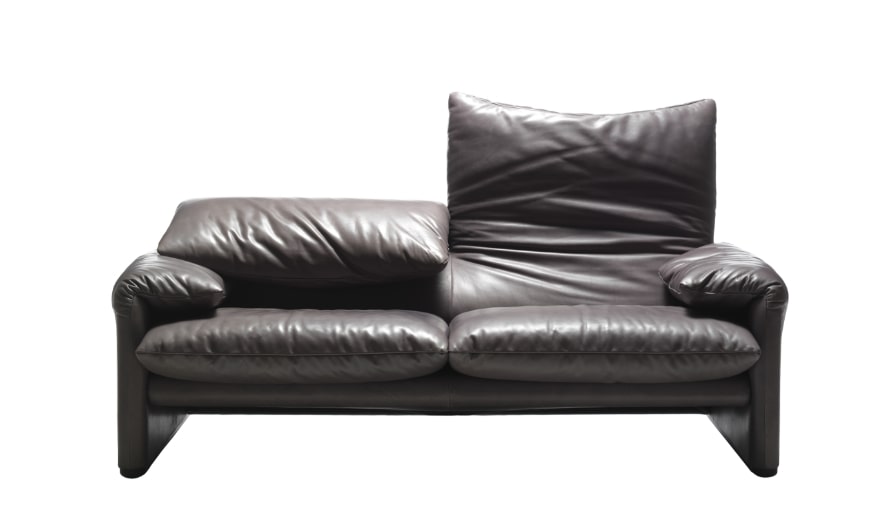
The Artemide Eclisse lamp was inspired by the book Les Miserables by Victor Hugo, and in particular by the dark-lantern used for stealing by the character Jean Valjean, in which the light was filtered through an adjustable circular hole with a rotating screen. The idea for this object came to him when he was going home on the metro: he took the ticket from his pocket and sketched the lamp on the back, using the hemisphere as a repeating element. Indeed, Eclisse is formed by three overlapping convex hemispheres: one serves as the base, the external one is fixed, and the mobile third hemisphere rotates inside. The movement of this last hemisphere allows the user to alter the flow of light: a surprising interpretation that came about from reading a book, and from the love of simple geometry at the foundation of many of Magistretti's projects. Speaking of Eclisse, Vico said: "The Eclisse lamp is beautiful to look at, because the concepts themselves are beautiful."
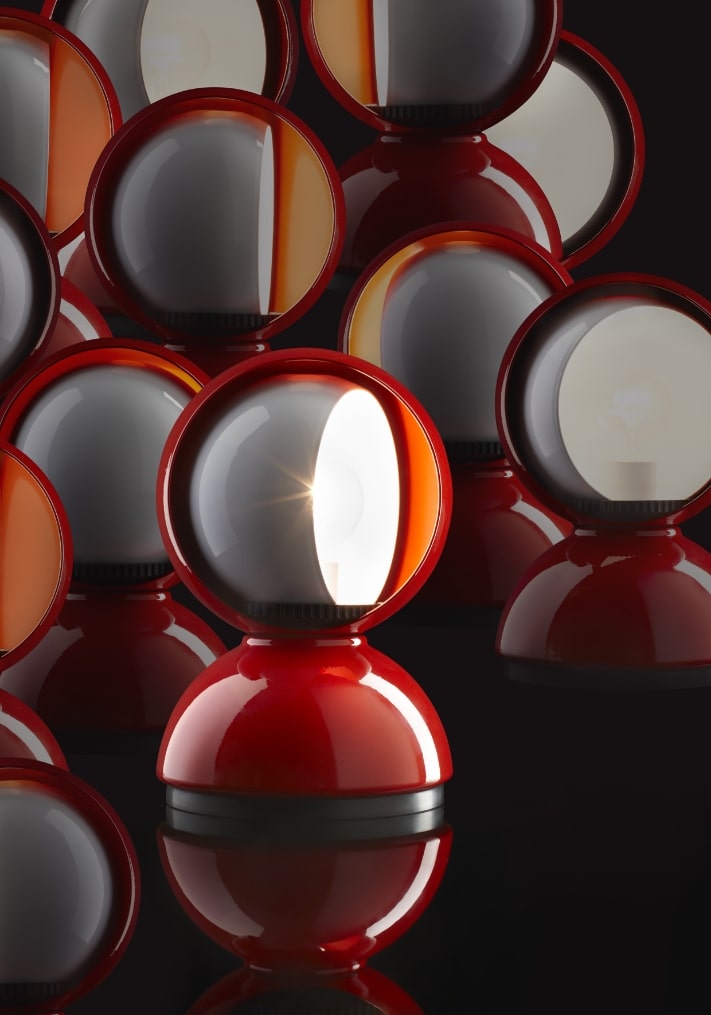
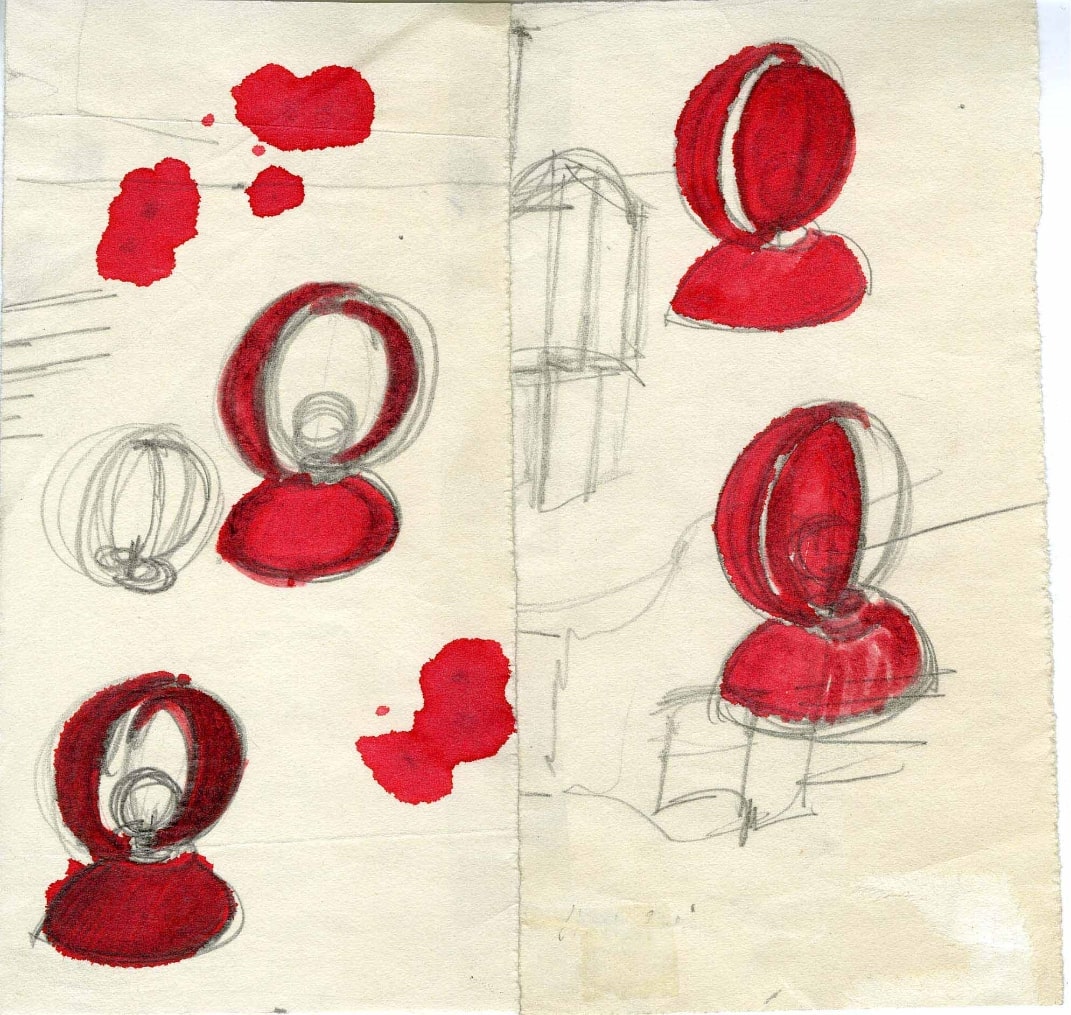
Continuing our journey, we find a sketch in Magistretti's archives that seems to be of a roller shutter. "Vico and Messina - founder of the company Flou - were working on a new concept for a bed: it had to be different from the others already in production. At that very moment, they were changing the shutters at the Flou offices", remembers his granddaughter, Margherita Pellino, who manages the Magistretti historical archive. A coincidence that led to the creation of Tadao, the minimalist bed famous all over the world, with a name that wasn't a reference to Japanese culture, as many believe, but to Vico's masseur.
The origin of the lamp Sonora, instead, we discover was a visit to a bunker factory in Germany. Indeed, in his initial designs, it was conceived with an oversized diameter, recalling the architectural structure of a shelter.
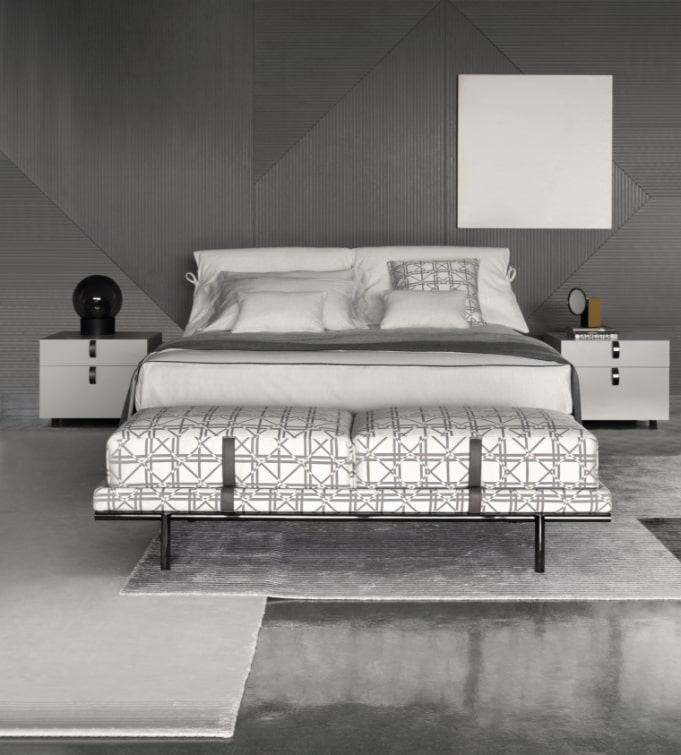
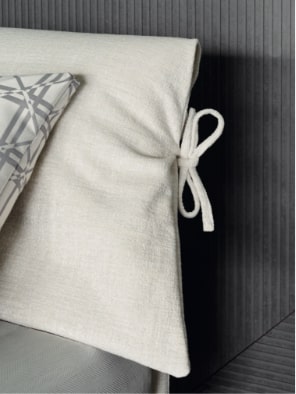
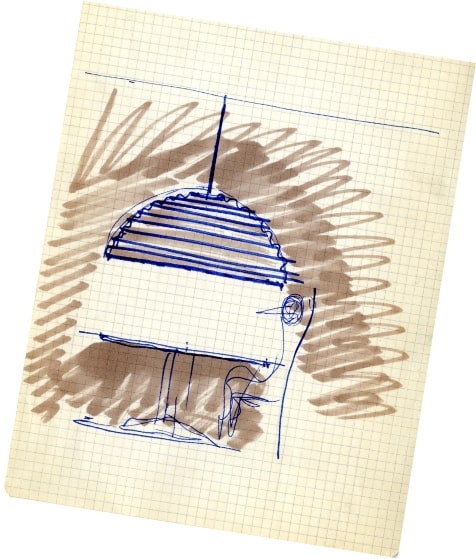
Behind the Nathalie bed by Flou, Margherita reveals another story. Vico and Messina couldn't find a solution for covering the headboard with a duvet. One evening, after trying and trying, they decided to go home, leaving the duvet on the floor. At the end of the evening, a worker passed by, and put the duvet on the bed, tying it with a ribbon. The next day, this gave Vico the idea of attaching it with a simple bow, creating the innovative bed that is still one of the company's best sellers today. Speaking about Nathalie, Vico said: "The simple expression, or the concept expressed in words, naturally generates the form. Textile bed: a form that is almost not designed, but already determined by the suggested use of the material; very appropriate for the idea of a bed, the use of textile is but an extension of the concept of the duvet - a new way to cover the bed, a new way to make the bed, and make it more comfortable and cosy."
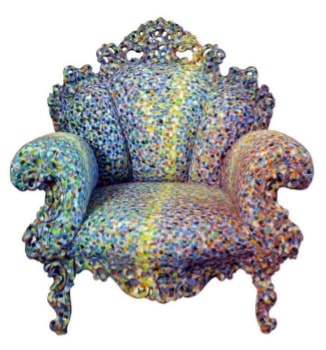
Observation, re-elaboration, rigour: these concepts are at the core of the projects of this great architect and designer, who knew how to take an everyday coincidence or a memory and transform it into a design icon. And along with him, other pioneers have also demonstrated that, sometimes, chance changes the fate of a project.
Like the origin of the Proust armchair, created by Alessandro Mendini, whose final aesthetic was inspired by an entirely fortuitous event...
But that is another story.
Images Credits:
©Fondazione Studio Museo Vico Magistretti
The automotive industry: how can we reduce its environmental impact? The answer is in re-using tomatoes, rice, soy and hemp. An organic revolution is underway.
Even in the world of science, accidental discoveries are never purely by chance.
Professor Pievani explains the importance of being "ready" for surprising results.
